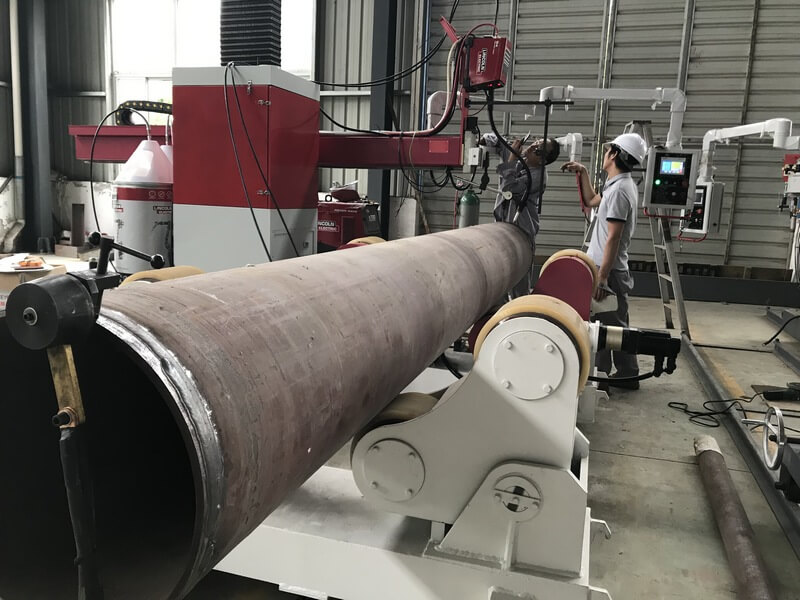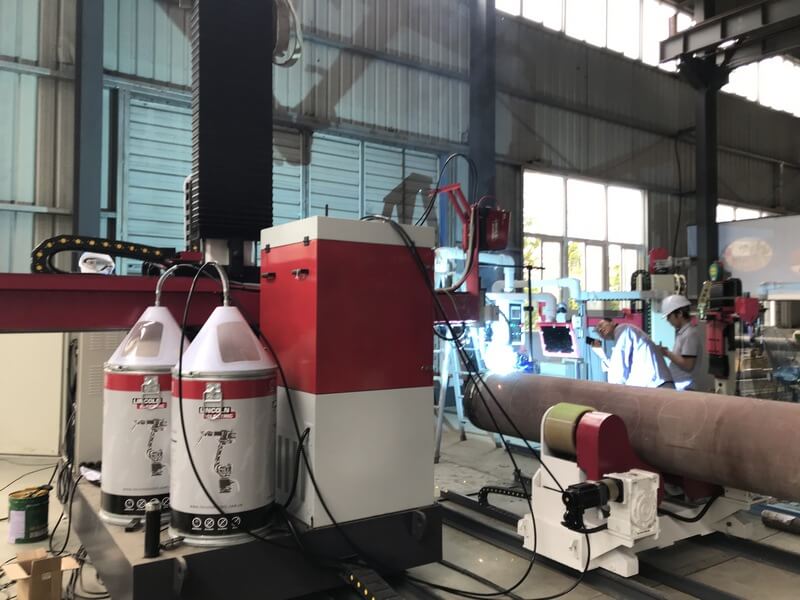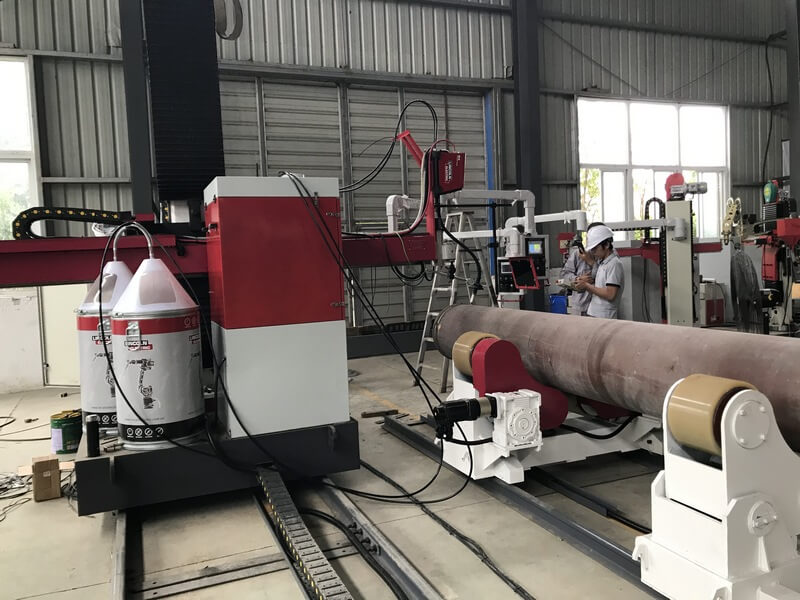When welding, the same arc voltage is selected regardless of the base, filling, and cover surface, and regardless of the size of the groove. This may not reach the required depth, width, bite edge, porosity, splash, and other defects.
In general, according to different conditions, the corresponding long arc or short arc should be selected to obtain better welding quality and working efficiency.
For example, short arc operation should be used in base welding to get better penetration depth, and arc voltage can be appropriately increased in filling welding or cover welding to get higher efficiency and penetration width.
When welding, to catch the progress, the thick plate butt weld is not beveled. The strength index drops and even fails to meet the standard requirements, and cracks appear during the bending test, which will make the performance of weld joints cannot be guaranteed and pose potential hazards to structural safety.
Welding should be controlled according to the welding current in the process evaluation, allowing 10 ~ 15% floating, the size of the blunt edge of the groove should not exceed 6mm. When the plate thickness exceeds 6mm, the groove should be opened for welding.
For example, when the Angle seam of full penetration is soldered, due to the narrow size of the root, such as the welding speed is too fast, the gas and slag inclusion in the root do not have enough time to discharge, which is easy to cause the defect of no penetration, slag inclusion and porosity in the root. Cover welding, such as welding speed is too fast, also easy to produce porosity; If the welding speed is too slow, the weld height will be too high and the shape will be irregular. When welding a thin plate or small weld with a blunt edge, the welding speed is too slow and it is easy to burn through.
Welding speed has a significant effect on the quality and production efficiency of welding, choose the fit welding current and weld position (backing welding, filling welding, cosmetic welding), the thickness of weld and groove size to choose the proper welding speed on penetration, gas, welding slag discharge, don’t burn through, under the premise of forming good choose larger welding speed, to improve the production efficiency.
The arc length is not adjusted according to groove form, welding layer number, welding form, electrode type, etc. Due to the improper use of welding arc length, it is difficult to get high-quality weld.
To ensure the weld quality, more commonly used when welds short arc operation, but can choose appropriate arc length according to different situations to obtain the optimal welding quality, such as V groove butt, Angle of the first layer should use the shorter arc, to ensure the weld penetration, and don’t bite edges occur, the second layer can be slightly longer, to fill the weld.
A short arc should be used when the weld gap is small. When the gap is large, the arc can be slightly longer and the welding speed can be accelerated. The arc of upside-welding should be the shortest to prevent molten iron from running down; Vertical welding, horizontal welding to control the molten pool temperature, but also to use a small current, short arc welding. In addition, no matter what welding is adopted, it should be noted that the arc length should always be kept unchanged during the movement, to ensure that the melting width and depth of the whole weld are consistent.
When welding, do not pay attention to the welding sequence, personnel layout, groove form, welding specification selection, and operation method, and other aspects of deformation control, resulting in large deformation after welding, correction is difficult, increase the cost, especially thick plate, and large workpiece, correction is difficult, mechanical correction is easy to cause cracks or laminar tearing. The cost of flame correction is high and the operation is difficult to cause overheating of the workpiece.
For the workpiece with the high precision requirement, if the effective deformation control measures are not taken, the installation size of the workpiece will not reach the use requirements, and even cause rework or scrap.
Adopt reasonable welding sequence and choose suitable welding specification and operation method, but also adopt reverse deformation and rigid fixation measures.


